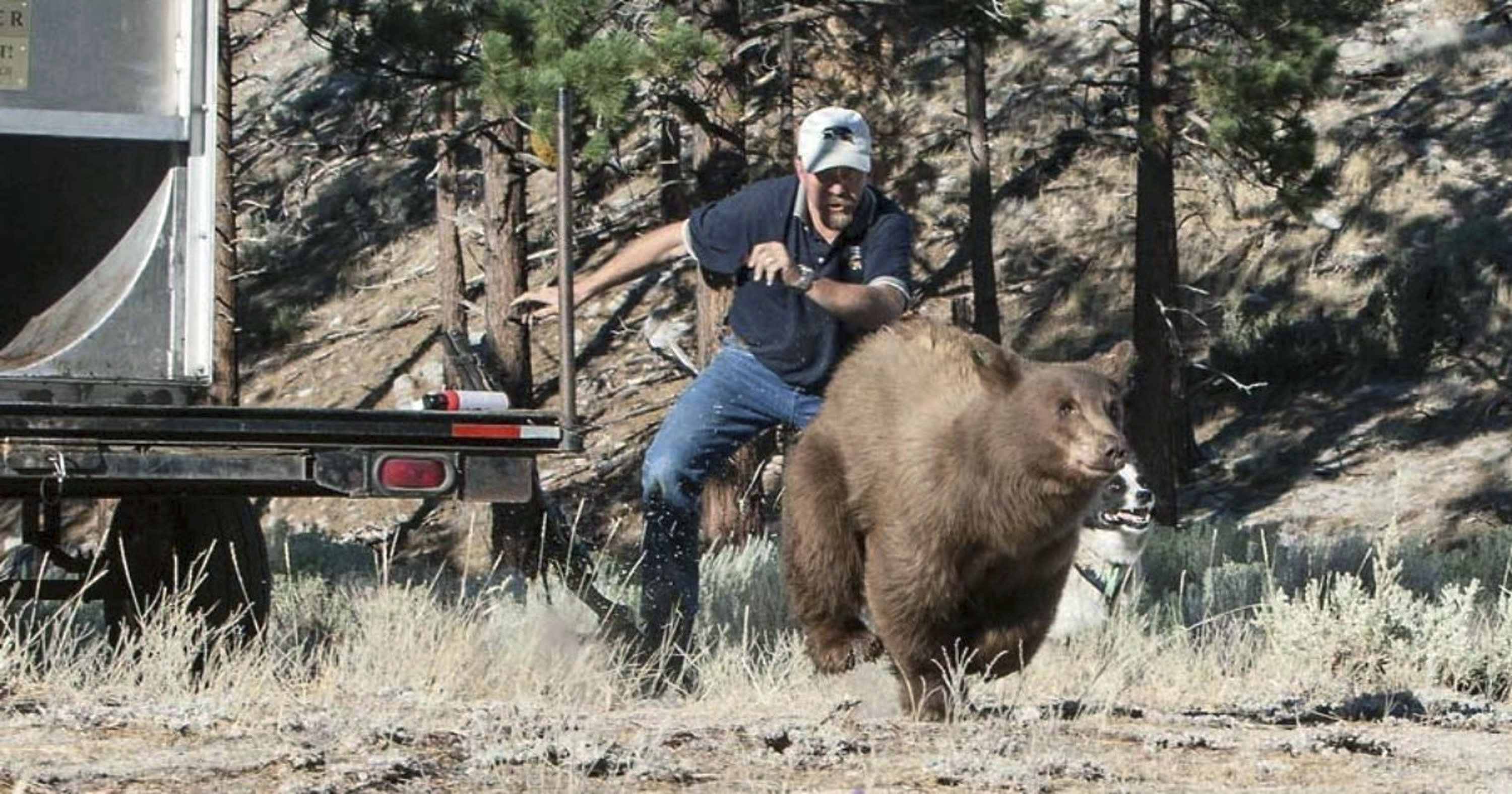Dino-Ray Ramos, Deadline•March 8, 2020

Click here to read the full article.
John Oliver had a lot to unpack Sunday night on Last Week Tonight and he started with the hottest topic that has been invading the world and headlines: coronavirus…or how Oliver puts it, “How the common cold describes itself on its resume.”
Specifically, he wasted no time in dragging Donald Trump and his administration in how poorly they have been handling the outbreak as cases continue to rise. In one clip, he showed Trump talking during a press conference saying that a vaccine will be ready in a couple of months. Immediately after, a medical professional contradicted him saying that it could be a year to a year and a half for a vaccine to be deployed.
“Now it seems that with every Trump press conference has to come an epilogue from an expert clarifying everything he just got wrong,” Oliver remarks.
Not only has the Trump administration been giving bad information, but they have been giving no information at all. At another press conference, Mike Pence claimed that insurance will cover testing for coronavirus. Soon after, a member of the press asked if testing will be available for the uninsured — a question that Pence, who clearly heard the question, ignored while walking away from the podium.
Oliver then showed clips of Trump’s visit to the CDC where he called Washington Governor Jay Inslee a snake, asked if his Town Hall got good ratings on Fox News and said that anybody can get tested for coronavirus, calling the tests “beautiful”.
“What he just said is flagrantly untrue,” Oliver pointed out. “There are currently not enough available tests. You can’t just state something as a fact and wish it were true.” That said, he added that it’s clear that it’s a huge priority for Trump to manage expectations rather than giving facts.
Oliver than shifted to India’s reaction to a past story that Last Week Tonight did on Prime Minister Narendra Modi. They criticized his policies ahead of Trump’s visit to the country. The criticism of Modi got backlash from journalist Arnab Goswami who Oliver referred to as the “Tucker Carlson of India”.
Goswami called Oliver an “ignoramus of global proportions” and said he was “not smart enough to be a satirist”. He added that Oliver is a third-rate TV host and said that he embarrasses himself.
“I’ll give you ignoramus i’ll even give you third-rate tv host my researchers assure me that’s an actual compliment — but I embarrass myself? Who the fuck do you think you’re talking to?!” Oliver retaliated.
He went on to talk about all the embarrassing things he has done on and for the show including a very awkward school pic of himself he has used to promote the current season — which is on a billboard in Times Square. “I am beyond capacity for shame. You can’t hurt me!” Oliver exclaimed.
However, viewers alerted Oliver to let him know that the episode in question did not air India. Hotstar, the streaming service that broadcasts Last Week Tonight in the country never uploaded that episode which, to Oliver, means they have self-censored. However, this is not the first time they have done this — but it’s not exactly the censorship we’d think.
In an episode about the U.S. Census, Hotstar cut out a joke about Mickey Mouse being a cocaine addict and they also cut a joke that featured Donald Duck with a corkscrew-shaped penis. Turns out that Hotstar is owned by Disney and they could very well be sensitive to jokes about the Mouse House.
To this, Oliver snarked, “If you think you that you have to remove anything that reflects poorly on Disney from this show I have some bad news for you my friends — I’m fucking Zazu right here. Everything that comes out of this beak is a Disney fact.”
Of course, he is referring to his role in the recent live-action reimagining of The Lion King where he played the aforementioned winged character. He began to lean into these hilariously inappropriate Disney-centric jokes saying that Cogsworth from Beauty and the Beast collects Nazi memorabilia. He said that Hotstar can learn more about these “Disney facts” on the show. Oliver assured, “They are going to be sliding into our stories like Chip and Dale slid into Richard Gere!”
---30---



























